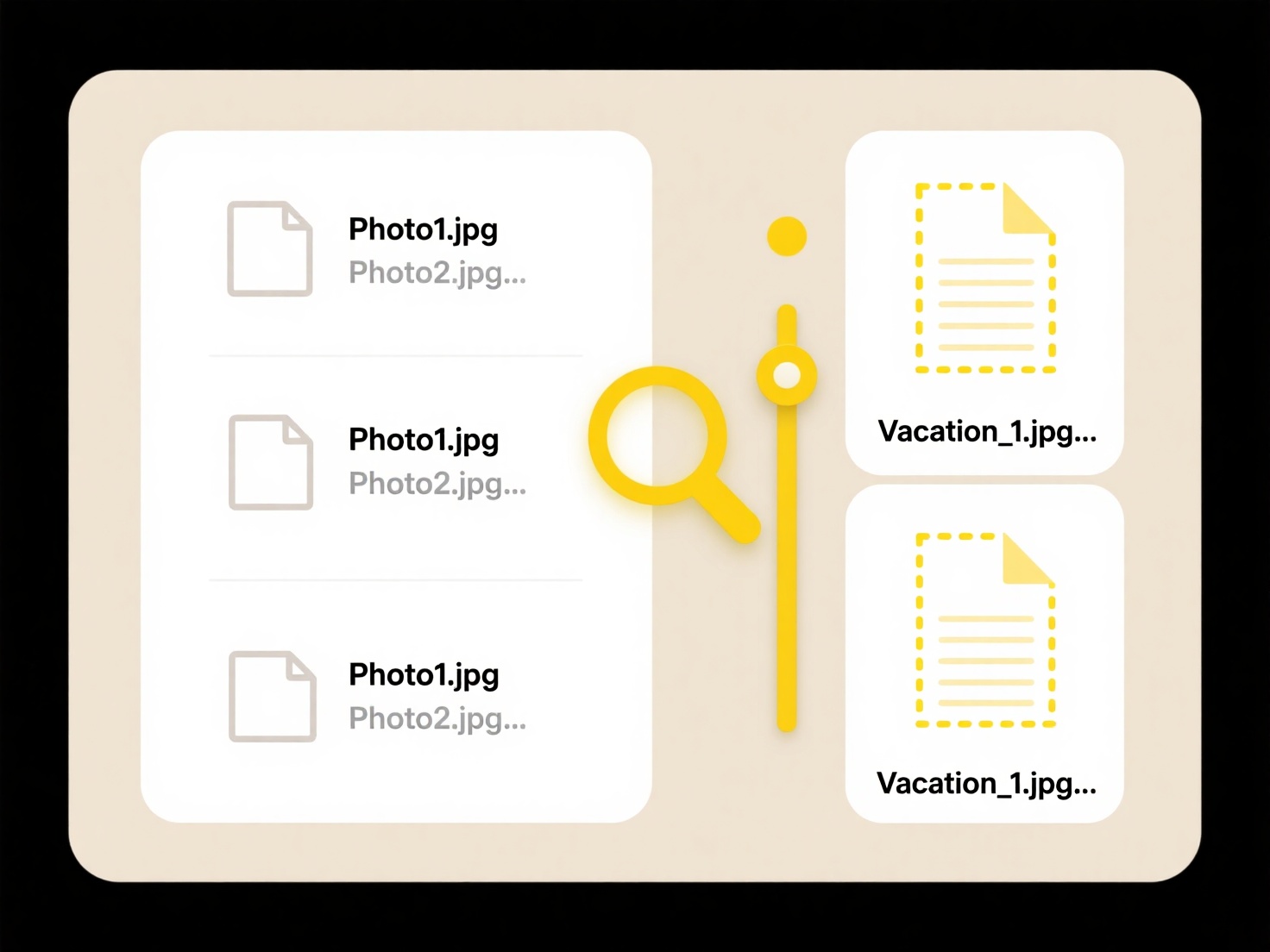
Opening multiple audio tracks in a file means simultaneously loading several distinct audio recordings into a single session within software designed for audio editing or multitrack mixing. Unlike playing back individual files, this involves placing separate recordings onto parallel "tracks" on a timeline. This allows you to see, edit, process, and play back each audio stream independently while they are combined in the final output. Digital Audio Workstations (DAWs) and some advanced video editors are built specifically for this purpose.
For example, in music production using software like Logic Pro or GarageBand, you might open separate tracks for vocals, drums, guitar, and bass, enabling you to mix their volumes and effects individually. Similarly, when editing a podcast in Audacity or Adobe Audition, you can import individual tracks for each speaker's microphone, background music, and sound effects to adjust levels and timing precisely.

This capability offers significant advantages for creative control, allowing precise editing, volume automation, and per-track effects processing. However, handling many high-resolution audio tracks demands sufficient computer processing power and RAM to avoid playback issues. It also introduces complexity in file organization and management. Advances in cloud-based collaboration and more efficient codecs are making large multitrack projects increasingly accessible.
How can I open multiple audio tracks in a file?
Opening multiple audio tracks in a file means simultaneously loading several distinct audio recordings into a single session within software designed for audio editing or multitrack mixing. Unlike playing back individual files, this involves placing separate recordings onto parallel "tracks" on a timeline. This allows you to see, edit, process, and play back each audio stream independently while they are combined in the final output. Digital Audio Workstations (DAWs) and some advanced video editors are built specifically for this purpose.
For example, in music production using software like Logic Pro or GarageBand, you might open separate tracks for vocals, drums, guitar, and bass, enabling you to mix their volumes and effects individually. Similarly, when editing a podcast in Audacity or Adobe Audition, you can import individual tracks for each speaker's microphone, background music, and sound effects to adjust levels and timing precisely.

This capability offers significant advantages for creative control, allowing precise editing, volume automation, and per-track effects processing. However, handling many high-resolution audio tracks demands sufficient computer processing power and RAM to avoid playback issues. It also introduces complexity in file organization and management. Advances in cloud-based collaboration and more efficient codecs are making large multitrack projects increasingly accessible.
Related Recommendations
Quick Article Links
How can I automatically sort photos by the date they were taken?
How can I automatically sort photos by the date they were taken? Organizing photos chronologically involves extracting...
What’s the difference between read and write access?
Read access allows you to view the contents of a resource, like a file, folder, or database entry. You can open it, see ...
Is it better to use all lowercase or mixed case in file names?
Lowercase file names consistently use small letters (e.g., "report_final.txt"), while mixed case (camelCase or PascalCas...